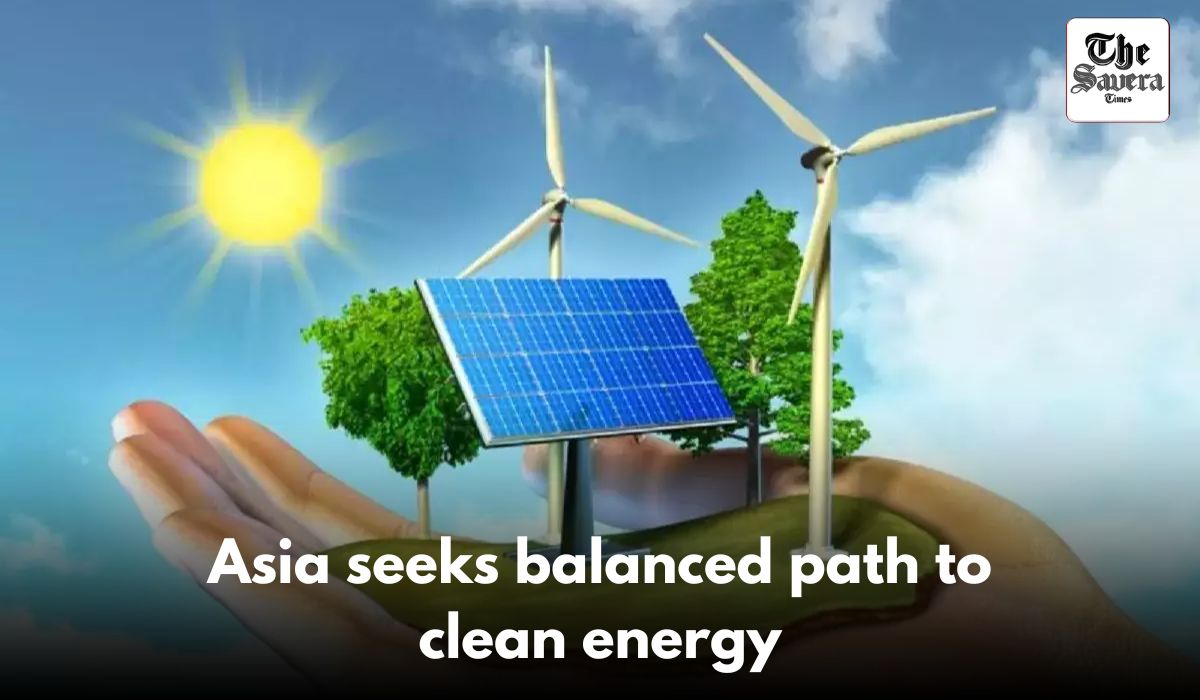
Asia continues to grapple with a complex energy paradox. Despite abundant renewable resources — from solar and wind to hydropower and geothermal — the continent still relies on fossil fuels for nearly 80% of its energy needs. This contradiction was the central theme at the Energy Asia 2025 conference held in Kuala Lumpur from June 16–18.
Speaking at the event, Malaysian Prime Minister Anwar Ibrahim warned that while Asia’s climate goals are ambitious, they remain constrained by financing gaps, outdated infrastructure, and regional instability. He called for a measured transition that balances climate responsibility with energy access, especially for vulnerable populations.
“Rapid and unchecked transitions risk worsening inequality,” he cautioned, proposing carbon capture and storage (CCS) as a key complement to renewables and stressing the need for a robust financial framework to attract clean energy investments. Now in its second edition, Energy brought Asia together over 60 countries and 38 industries, including policymakers, investors, and energy experts, to discuss pathways for achieving net-zero emissions.
The forum covered issues ranging from regional collaboration and energy security to emerging technologies such as hydrogen, CCS, and digital infrastructure for grid optimisation. Chairing the event, Tengku Muhammad Taufik — President and CEO of PETRONAS — pointed out that over 350 million people across the Asia-Pacific still lack reliable electricity, with 150 million entirely without access.
To meet the region’s rising energy demand and climate targets, he said, Asia would need around $88.7 trillion in investments by 2050. Growing populations and rapid AI-led industrialisation are expected to push Asia’s energy consumption to half of the global total by mid-century. Data centres alone could consume up to 945 terawatthours by 2030.
Panellists stressed the need for pragmatic solutions. Coal remains a critical power source in several Asian economies, but the transition to cleaner alternatives is urgent. Natural gas and LNG, viewed as lower-emission and stable alternatives to coal, were widely seen as key transitional fuels.
Venture partner Steve Foster of PIVA noted that “switching from coal to gas is often the fastest way to cut emissions while maintaining reliability.” Financing emerged as a major hurdle. While capital is increasingly available for viable renewable projects, new coal ventures face steep challenges, and natural gas projects are now under greater scrutiny.
Experts called for modernising electricity grids to better integrate renewables, alongside continued support for hybrid solutions like gas. China’s approach drew particular attention. Wang Zhen of CNOOC highlighted how the country’s strong industrial base and clear policies have positioned it as a leader in renewable deployment.
He noted that Chinese energy majors are now integrating decarbonisation efforts into their fossil fuel operations, combining state direction with market-driven innovation.
